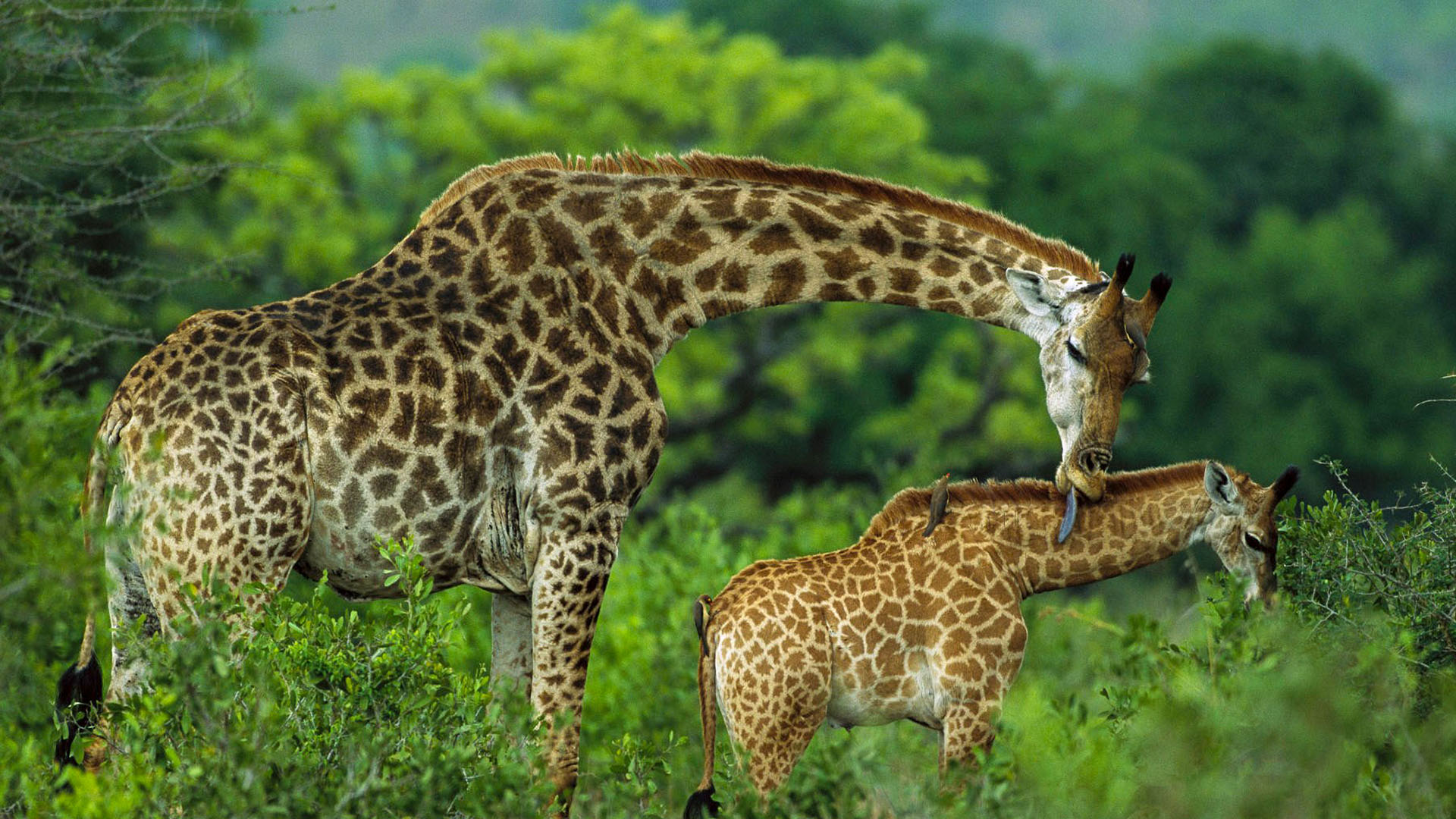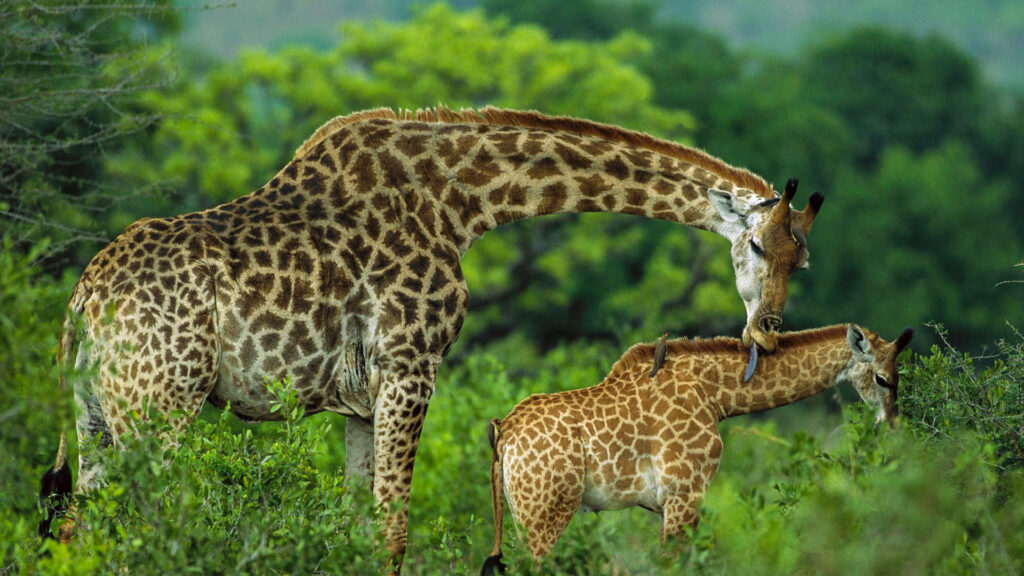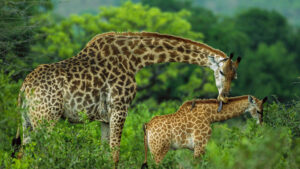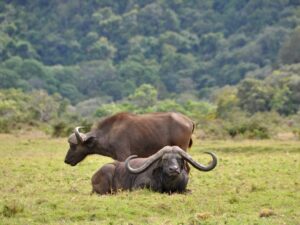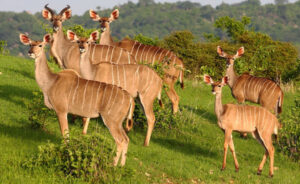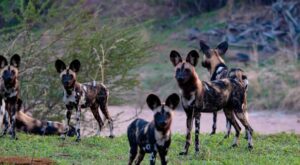- Overview
- Gallery
The game viewing starts the moment the plane touches down. A giraffe races beside the airstrip, all legs and neck, yet oddly elegant in its awkwardness. A line of zebras parades across the runway in the giraffe’s wake. In the distance, beneath a bulbous baobab tree, a few representatives of Ruaha’s 10,000 elephants – the largest population of any East African national park, form a protective huddle around their young.Second only to Katavi in its aura of untrammeled wilderness, but far more accessible, Ruaha protects a vast tract of the rugged, semi-arid bush country that characterizes central Tanzania. Its lifeblood is the Great Ruaha River, which courses along the eastern boundary in a flooded torrent during the height of the rains, but dwindling thereafter to a scattering of precious pools surrounded by a blinding sweep of sand and rock.
A fine network of game-viewing roads follows the Great Ruaha and its seasonal tributaries, where, during the dry season, impala, Water-buck and other antelopes risk their life for a sip of life-sustaining water. And the risk is considerable: not only from the prides of 20-plus lion that lord over the Savannah, but also from the cheetahs that stalk the open grassland and the leopards that lurk in tangled riverside thickets. This impressive array of large predators is boosted by both striped and spotted hyena, as well as several conspicuous packs of the highly endangered African wild dog.
Ruaha’s unusually high diversity of antelope is a function of its location, which is transitional to the acacia Savannah of East Africa and the Miombo woodland belt of Southern Africa. Grant’s gazelle and lesser kudu occur here at the very south of their range, alongside the associated sable and roan antelope, and one of East Africans’ largest populations of greater kudu, the park emblem, distinguished by the male’s magnificent corkscrew horns.
A similar duality is noted in the checklist of 450 birds: the likes of crested barbet, an attractive yellow-and-black bird whose persistent trilling is a characteristic sound of the southern bush, occur in Ruaha alongside central Tanzanian endemics such as the yellow-collared lovebird and ashy starling.
Pros and Cons
Top wildlife viewing in the dry season
Guided walks available
Superb for spotting predators including big prides of lions
One of the best places in East Africa to encounter wild dogs
Unusual antelope species like greater kudu, roan and sable antelopes
Very exclusive and doesn’t get crowded
Relatively remote and there are no budget options
Animals are scattered during the wet season and most lodges are closed from March to May
Wildlife
All big cats are regularly seen and wild dogs are the star attraction. They are especially easy to find when denning. Several antelope species that are rare or absent in Northern Tanzania, like greater and lesser kudu, roan and sable antelopes, are often encountered.
Scenery
The main feature of the park is the Great Ruaha River, which attracts loads of animals in the dry season. The dominant vegetation is brachystegia woodland and some areas are dotted with the impressive baobab tree.

